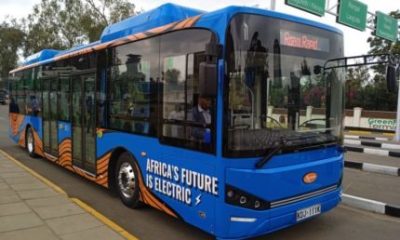Kenya witnessed an 18.4% surge in electricity imports from Uganda in January, according to data released by the Energy and Petroleum Regulatory Authority (EPRA). The spike in imports, totaling 20.29 million units of power, reflects a growing demand within Kenya’s energy market.
This increase marks a notable rise from December’s import figures of 17.12 million units, underlining the intensifying demand dynamics in the region. The bilateral power exchange program between Kenya and Uganda plays a pivotal role in stabilizing energy supply during periods of deficit for either nation.
However, while Kenya imports electricity from Uganda, it’s also actively involved in electricity exports to its neighbor. In January, Kenya exported 3.41 million units to Uganda, emphasizing a symbiotic relationship in the energy trade. Yet, despite these exchanges, Uganda maintains a positive trade balance, benefitting from higher imports.
Apart from Uganda, Kenya also sources power from Ethiopia, another critical contributor to its energy mix. The diversification of energy sources, particularly amidst fluctuations in hydroelectric output, is paramount for ensuring consistent power supply. Notably, Kenya experienced a 6.9% decline in hydro output in January, attributed to strategic water resource management by Kenya Electricity Generating Company (KenGen) to optimize generation.
However, KenGen remains optimistic about increasing hydro generation as water levels in major dams rise. This strategic approach aligns with long-term water management programs aimed at maximizing output during peak periods.
Overall, the surge in power generation by 5.4% in January signals heightened demand from consumers. With over a dozen power producers contributing to the energy landscape, Kenya generated 1.165 billion kilowatt-hours (kWh) of electricity last month, reflecting a robust market demand.
EPRA’s Director-General, Daniel Kiptoo, emphasized the importance of these figures, highlighting the total units generated and purchased, excluding exports. The data underscores the evolving energy landscape in Kenya, driven by both domestic demand and strategic partnerships with neighboring countries like Uganda and Ethiopia.
Courtesy; The East African




















